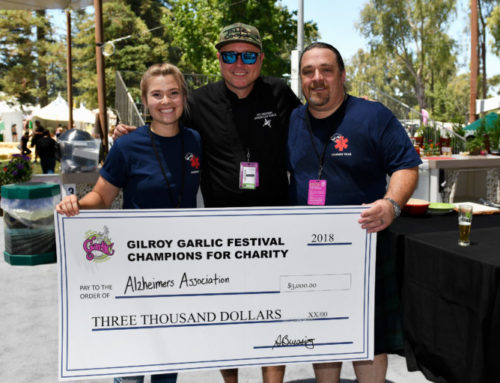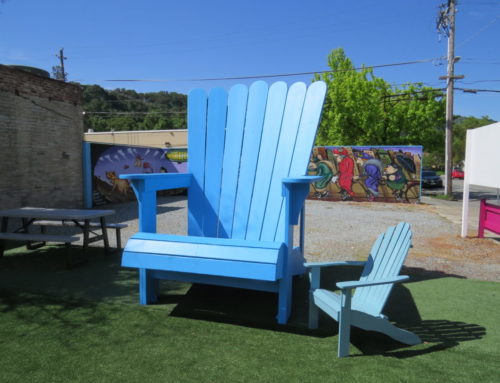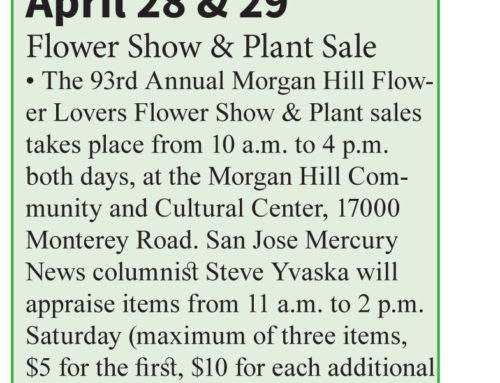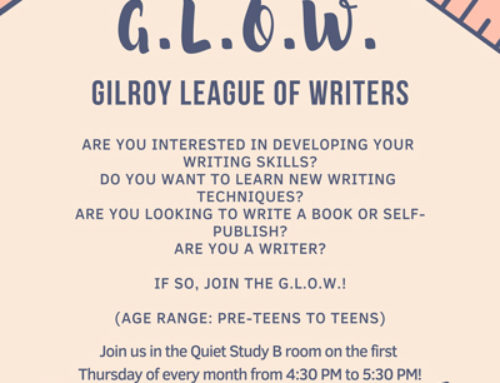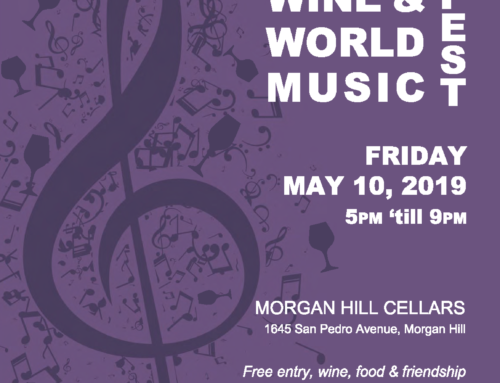Blind taste test stuns Frech experts, propels California as wine destination
Published in the June 25-July 8, 2014 issue of Morgan Hill Life
By Cindy Adams
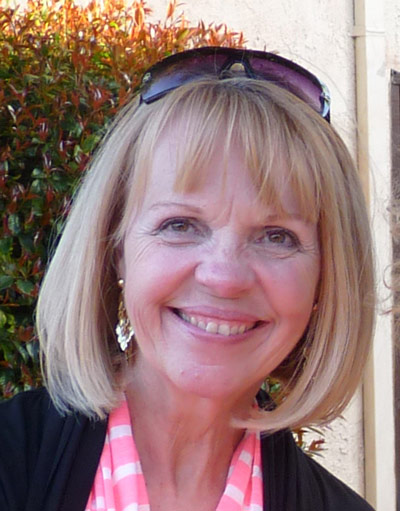
Cindy Adams
While America was celebrating its bicentennial Independence Day in 1976, another American “liberation” was taking place in Paris — one that would set the wine world on its heels.
The California wine industry was a very different place in the late 1970s. The majority of wines found on the shelves were table variety or sweet dessert wines. Bulk producers such as Almaden and Paul Masson were the most familiar brands to consumers. This was not a bad thing, but certainly different from today. In 1976, just a handful of quality wineries existed and, in fact, the Robert Mondavi Winery was still under construction. However, that small handful of wineries were producing some of the best wines in the world. The problem was nobody knew it.
In the early 1970s, a British gentleman named Stephen Spurrier was living in Paris where he ran a small wine shop. Because of his connection with the wine industry, both in France and here in the United States, he was aware of the amazing wines that were coming out of California, particularly in Napa. The problem was that the only American wines he was able to get for his shop were the “jug” wines that had a distribution license. Consequently, Europeans in general — and the French in particular — turned up their collective noses at California wines. As a promotion for his wine shop and a celebration of America’s bicentennial, he was able to obtain some wines from outstanding Napa Valley wineries.
After considering what he had, he decided to take things one step further. On May 24, 1976, Spurrier organized a blind “taste off” of American versus French wines with nine of France’s top wine judges — eight men and one woman. The French were quick to accept, knowing that it would be an easy competition; the French wines would win, of course! To them, this was almost a laughable event, and the press treated it the same way. The only journalist covering the tasting was an American named George Taber, who was working for Time Magazine in Paris. He heard about the tasting and, being interested in wine and having nothing better to do that day, decided to cover the story.
The tasting consisted of two sessions, red and white. Each session was comprised of 10 wines. For the red tasting six California Cabernet Sauvignons were pitted against four of the top red wines from Bordeaux, and then six California Chardonnays competed against four highly regarded whites from Burgundy (white Burgundy wines are Chardonnay). Spurrier, also a member of the tasting panel, rented a small conference room at a lesser-known Paris hotel and the event was set.
As the tasting began, a handful of people who were witnessing the competition (and who had received the list of wines in tasting order) started to realize that something was amiss, since it was becoming apparent that the judges couldn’t tell which wines were from California and which were from France. One of the judges was heard to comment, “This is definitely California. It has no nose.” He didn’t realize he was commenting on a 1973 Batard Montrachet which, at the time, was regarded as one of the finest French wines in the world.
The ratings were submitted and tallied. When the results were announced, one witness said it was like “a shot heard round the world.” The winner of the white category was the 1973 Chateau Montelena Chardonnay, and the red winner was the 1973 Cabernet Sauvignon from Stags Leap Wine Cellars, both from Napa Valley. Needless to say, the French were outraged. In fact when the results were announced, Odette Kahn, the lone female judge, demanded her ballot be returned to her.
George Taber was surprised and intrigued by the results. However, since the interest level of wines in the United States was rather low, he only submitted a four paragraph story covering the event. He had no idea the story, and indeed the entire event, would capture the attention of the wine-drinking public.
The effects were immediate and began the real estate boom in the Napa Valley and surrounding wine regions and the development of some of the best wineries in the world.
In 2008, the film “Bottle Shock,” an American comedy-drama based on the competition, was released to mixed reviews. However, the “Judgment of Paris” validated California as a premier wine growing region, putting Napa Valley and most of California on the map.
Cindy Adams, CS, CSW, is the director of retail operations at Guglielmo Winery.


